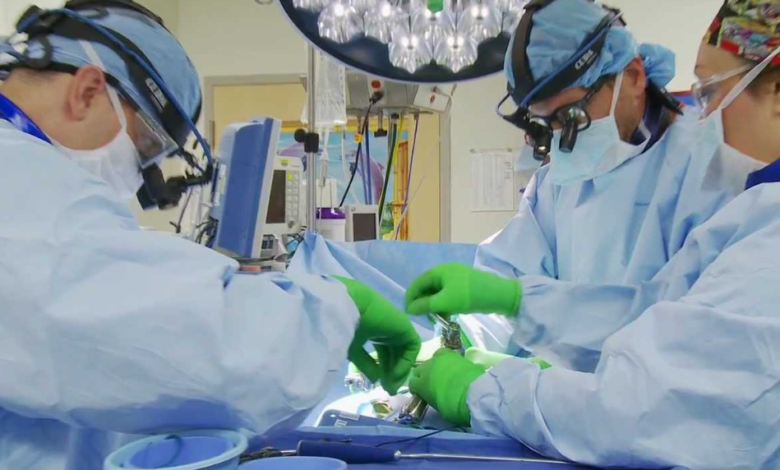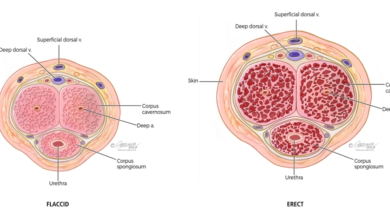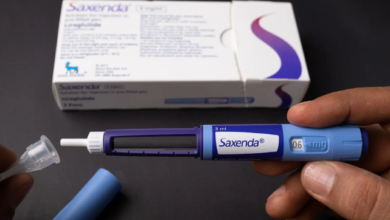The Minimally Invasive Procedure Taking the Spinal Surgery World by Storm

A revolutionary new spinal surgery technique is taking the medical world by storm. The Discseel Procedure allows surgeons to treat herniated discs with unprecedented ease and minimal invasiveness. The surgeon injects a unique liquid solution into the injured disc through a tiny incision, strengthening and closing it. Patients experience far less pain, quicker recovery times, and lower complications risk than traditional open back surgery. The procedure is gaining popularity as the preferred treatment for disc herniations worldwide, offering hope to millions suffering from back pain.
What is the Discseel procedure?
Discseel is a revolutionary disc repair procedure that utilizes advanced biomaterials to seal and repair damaged or herniated discs in the spine. Unlike traditional open surgeries that involve extensive tissue dissection and removal of disc material, Discseel takes a minimally invasive approach, allowing for a quicker recovery and significantly reduced risks. The procedure involves making a small incision in the patient’s back and inserting a specialized catheter into the damaged disc. Once in place, a proprietary biomaterial sealant is injected into the disc, effectively sealing any tears or fissures and reinforcing the disc’s structural integrity. This sealant prevents further disc degeneration and promotes natural healing processes within the body.
Conditions treated by the Discseel procedure
1. Herniated or bulging discs
The Discseel procedure is highly effective in treating herniated or bulging discs, which occur when the disc’s soft inner material protrudes through a tear, causing pain, numbness, or weakness.
2. Degenerative disc disease
As people age, the discs in their spine can degenerate, losing flexibility and shock-absorbing properties. The Discseel procedure can help alleviate the pain and discomfort associated with degenerative disc disease by sealing the damaged disc.
3. Spinal stenosis
This condition occurs when the spinal canal narrows, putting pressure on the spinal cord or nerve roots. The Discseel procedure can help relieve this pressure by sealing any bulging or herniated discs contributing to the narrowing.
4. Other spinal conditions
The Discseel procedure may also be suitable for treating other spinal conditions, such as annular tears (tears in the disc’s outer layer), disc protrusions, and certain types of spinal instability. Its minimally invasive nature makes it a viable option for various spinal issues that do not require more extensive surgery.
Advantages of the Discseel procedure
1. Faster recovery and reduced downtime
Patients undergoing the Discseel procedure with a minimally invasive approach experience significantly less pain and a faster recovery. The procedure often allows patients to return to normal activities within a few days, starkly contrasting the lengthy recovery periods associated with open surgeries.
2. Preservation of spinal anatomy
Traditional spinal surgeries frequently involve the removal of disc material or spinal fusion, which can lead to long-term complications and limitations in spinal mobility. Discseel preserves the natural anatomy of the spine by sealing and reinforcing the damaged disc, allowing for a more excellent range of motion and potentially reducing the risk of future spinal issues.
3. Addressing the root cause
Unlike many traditional treatments that merely address the symptoms, Discseel targets the root cause of disc-related issues. This approach provides immediate relief and helps prevent further complications.
Talk to your Performance Pain and Sports Medicine doctor to discuss your options and determine the best procedure for your needs.


